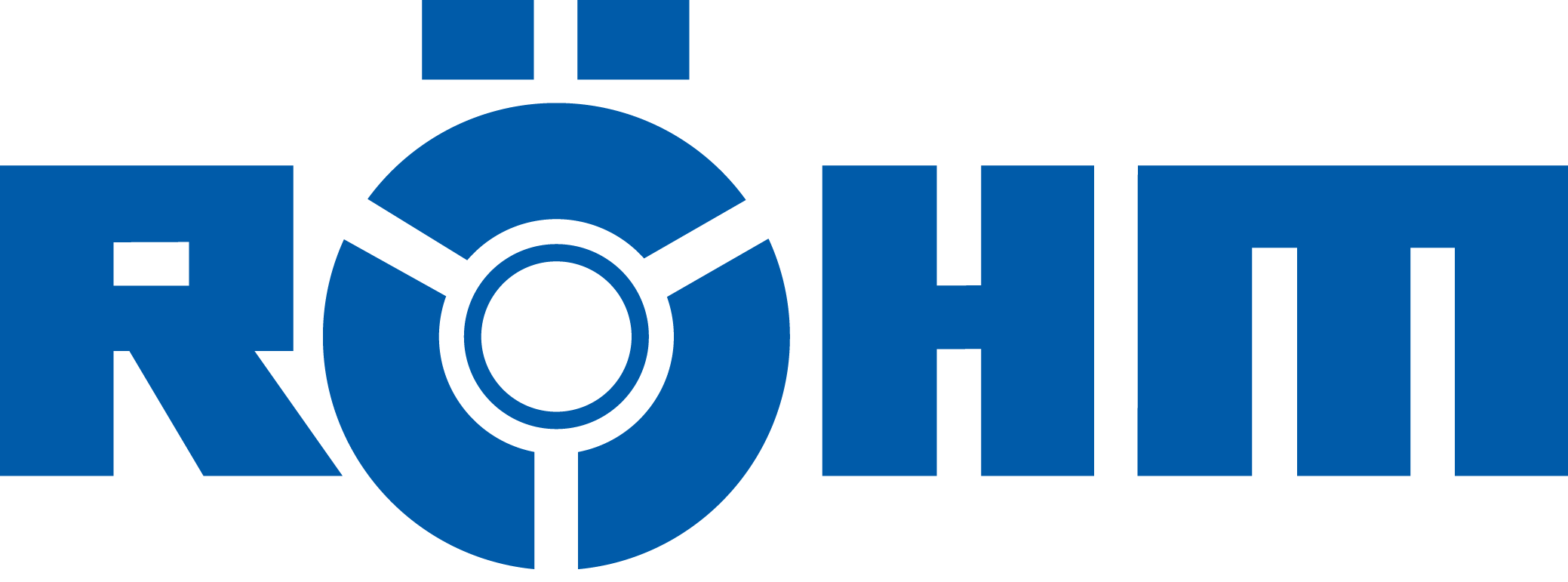With interior gripper for electric power steering system
(Triengen/Sontheim) So that not to jeopardize the ambitious manufacturing production target for steering spindles, Felss Rotaform AG had to ensure work piece transport between processing stations. The drying process at the end proved to be a big challenge. Previously, the performance of an external gripper was not satisfactory, and the initial internal gripper lost parts causing delays. Only after the RÖHM gripper experts constructed a standard plastic gripper, did the finished steering shaft, reliably and precisely, pass the expected level of quality control. An unusual and amazing trick ensured a cost-effective special solution.
"We were already quite in doubt as to whether there would be a solution that could be found at all for the simple task at the end of the steering spindle production line", recalls Dietmar Bongard. "But for over half a year, the plastic gripper RÖHM has carried out work reliably without failure", professes the development engineer of Felss Rotaform AG. With this new solution the Swiss representatives see the challenge as resolved and confidently look forward to meeting their annual production target.
Cylindrical grinding specialist
Now demand for the steering spindles has drastically increased due to the highly popular electric power steering systems. For this, "dual-pinion" steering technology that is being used as active or direct steering in more and more cars, the steering spindle is an important safety component whose precise performance is simply astonishing. Swiss production facility of the Felss-Gruppe and specialist for forming and cylindrical grinding, Felss Rotaform AG, manufactures the products reliably and delivers them on schedule and in accordance with the amount requirements of their customers, worldwide manufacturers of steering systems.
In production, the work piece in its initial form is moved from the raw production stage through various steps like swaging, turning, milling and hardening. After a final wash, the part is blow-dried in a dry eyelet. And here begins the challenge of the gripper function.
Searching for a Gripper solution for the interior unit
In the air stream of the eyelet, which is immersed in the work piece and then pulled out again, the surface becomes dry. With the previously used external gripper, moisture always remained at the gripping point. "Also, the metal gripper was not reliable enough", recalls Bongard. In the middle of 2012 it was changed to a Rotaform inside gripper. This was a mandrel, in the last third was a rubber blower that could be inflated and produced a form-fit to the work piece. However, what worked both theoretically and in the test environment, showed weaknesses in the harsh production environment. The rubber blower did not withstand the requirements and had to be replaced after a few weeks. As a result, the gripper always dropped the work pieces. "The constant changing of the gripper caused unacceptable costs," recalls Bongard. So another solution was developed.
The problem was discussed in-house with the Deputy Managing Director of RÖHM in Switzerland, Damiano Casafina. As a long-standing and reliable clamping solutions provider, RÖHM has always proven themselves to have the utmost competence and ability. Rohm's expertise in the area of grippers was also well established. Because there was no standard off-the-shelf solution, the designers adapted a uniquely designed RRMP plastic gripper to the specific application. And when a gripper was mounted in November 2012, an easy and acceptable solution quickly became apparent. The gripper quickly and reliably grabs a plastic mandrel every eleven seconds inside the work piece and leads it through 21 weekly cycles through the eyelet, before it is completely dry and is transferred to the next work piece carrier.
The jointly developed solution
"As simple as it sounds, it of course was not the case," emphasizes Casafina. In fact it was necessary to adopt some intelligent detailed solutions. The gripper is made of special plastic that is resistant to coolants. The plastic gripper is produced in a laser sintering process. The experts expanded the basic model of the RRMP to a split mandrel that, thanks to the clamp, is ideal for internal tension and spreads with the corresponding pulse and internal pressures of the work piece. Because Casafina felt the problems closely related to experiences of Rotaform with other manufacturer's products, he was not content.
In the course of the joint discussion, a solution with a single-acting pneumatic cylinder was then suggested. Mandrel halves, functioning in accordance with the laws of solid joints,are expanded by the cylinders, and when the cylinder is open go back to their original position, due to their inherent resilience. There is a much larger and more stable contact area between the mandrel and the inner side of the work piece. This in turn ensures a secure inner structure. Result: The part is strong enough and held firmly enough and can be accessed from the top and suspended by the air flowing of the ring. "In this current state the first gripper has worked safely and flawlessly since last November," says pleased Bongard.
This successful prototype has brought about more innovative ideas
All involved provided ideas and their competent skills for this equally unusual and clever solution. "However, when it came to implementation, a few hurdles had to be overcome because by no means was this new development self-sustaining," recalls Casafina. What was first developed as a prototype triggered the successful utilization of yet more constructive new ideas. And so the further developed version of the plastic inner gripper spread on the two halves of the plastic and the additional piston has an O ring groove as a third backup in case of loss. So that parts with even more complex geometries attain inner accessibility. Thus, we can look forward to future endeavours with Felss Rotaform.
